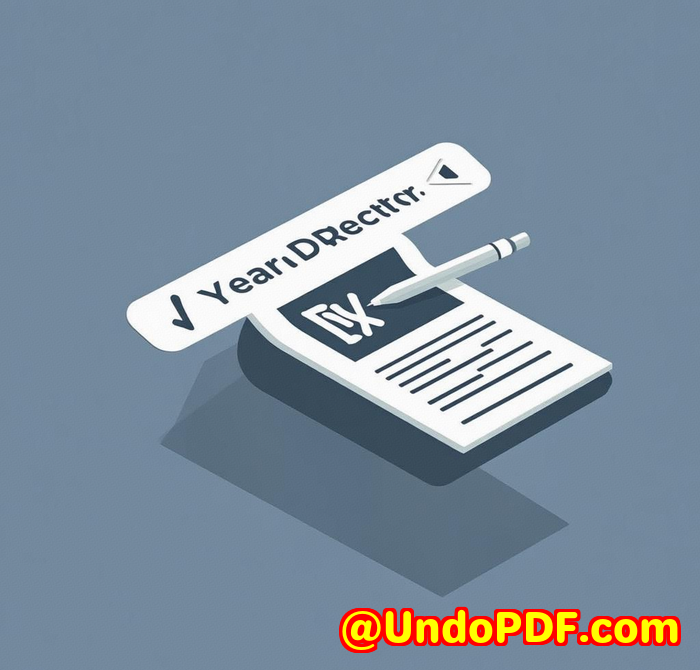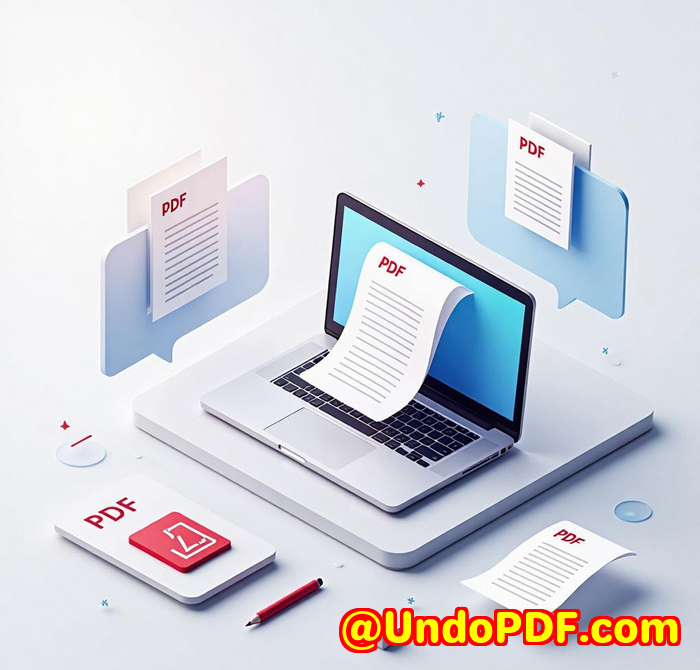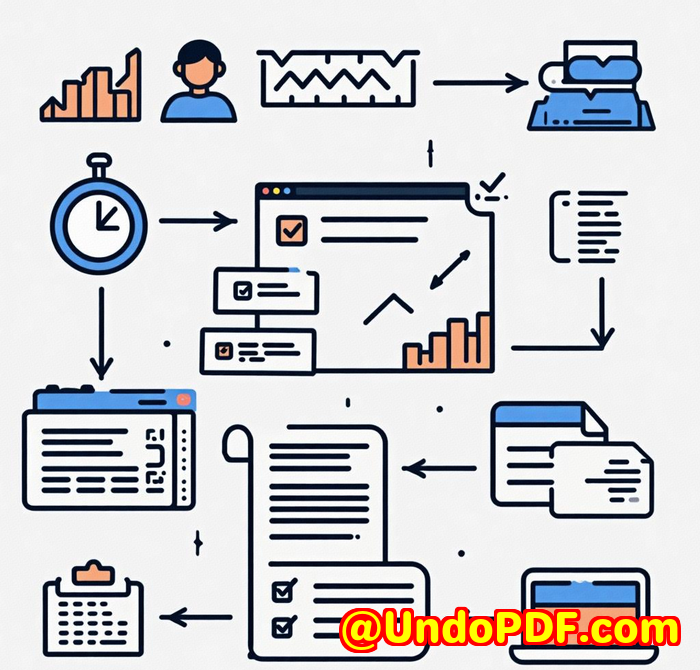How to Convert Dynamic Web Applications into Static PDF Reports Securely
How to Convert Dynamic Web Applications into Static PDF Reports Securely
Meta Description:
Securely convert live, dynamic web applications into static PDF reports using VeryPDF’s Webpage to PDF Converter APIfast, reliable, and highly customisable.

Every Friday, I’d hit the same wall.
Clients wanted a clean PDF snapshot of our analytics dashboarda fully interactive, JavaScript-heavy web app. Problem? It wasn’t just copy-paste. I couldn’t use basic browser save-as or random free converters without the whole thing breaking. Buttons disappeared. Charts got cut off. Fonts misaligned.
Sound familiar? If you’re working with anything dynamicthink dashboards, customer portals, internal toolsyou’ve likely tried capturing a clean, consistent version in PDF. And you’ve probably been disappointed.
I needed something developer-friendly, fast, and secureand that’s when I found VeryPDF Webpage to PDF Converter API for Developers.
What Is VeryPDF Webpage to PDF Converter API?
At its core, this tool turns live web content into pixel-perfect PDFs.
But it’s not just another screen grabber.
It’s built for developers who need consistent, secure, programmable control over web-to-PDF conversion.
It works with raw HTML, live URLs, and even JavaScript-heavy contentlike charts, maps, dynamic forms, or dashboards.
You get full access to advanced rendering, encryption, header/footer customisation, and cloud integration, all through an API call.
No weird workarounds. No browser inconsistencies. No CSS nightmares.
Why This Was a Game-Changer for Me
I was juggling internal sales dashboards, marketing reports, and monthly client reports. Each was built with Tailwind and React, loaded with charts, and pulled live data from the cloud.
Trying to “print” those pages to PDF was a mess.
Here’s what made VeryPDF different:
1. It Actually Renders Like Chrome
Under the hood, it uses a Chrome-based rendering engine. That means everything from flexbox to grid, custom fonts, and even animationsthey all show up exactly as expected.
When I ran my first test, I plugged in a dashboard URL. What came out was pixel-perfect. Charts from Chart.js? Check. Tailwind styles? Flawless. Google Maps widget? Nailed it.
2. Built-in PDF Security
One of my clients in healthcare needed reports that couldn’t be tampered with.
With 128-bit encryption and access restrictions, I could lock down viewing, editing, and printing rights via a simple API call.
It’s HIPAA-compliant, toowhich took a huge load off our compliance team’s shoulders.
3. Full Header/Footer Control + Custom Layouts
This was a huge one.
Most converters give you a dump of the pagenothing more.
But I needed dynamic headers and footers: client name, page numbers, timestamps, and company branding.
VeryPDF let me:
-
Insert left/right aligned headers with dynamic values
-
Add page numbers like “Page [page]/[toPage]”
-
Control top/bottom margins, paper size, and orientation
This made our reports look clean and professional, not like someone hit “Print Page.”
Who Should Be Using This Tool
If you’re a developer, designer, or product lead working with:
-
Internal analytics dashboards
-
Client portals
-
CMS or blog platforms
-
Web-based invoice generators
-
SaaS tools needing export-to-PDF features
this API will save you hours of duct-tape fixes.
It also works great for:
-
Legal teams needing secure archives of online contracts
-
Marketers who want custom blog banners or social preview images
-
Healthcare teams who need encrypted documents that won’t leave any digital trail
Other Tools Tried (and Why They Failed)
I’ve tested at least five different converters.
-
Browser print-to-PDF: Struggles with JS content. Often breaks layouts.
-
Free HTML-to-PDF tools: Terrible CSS support. Doesn’t handle dynamic elements.
-
Selenium-based scripts: Clunky, slow, and hard to maintain.
-
Headless Chrome scripts: Too much effort for something that should be plug-and-play.
VeryPDF was the first one that just workedand scaled.
Cool Use Cases You May Not Have Thought Of
Let’s break it down.
1. Automate Blog Banners with Open Graph Previews
I use the API to generate OG images for blog posts. Just pass the blog title, author photo, and backgroundyou get a ready-to-share image for Twitter or LinkedIn.
2. Grab Visual Snapshots for Documentation
Need to document a UI for a user guide? Don’t manually screenshot. Use VeryPDF to render a full-page PDF of the web app as-is. Looks better. Saves time.
3. Batch Invoice Generation
Our billing team exports thousands of invoices per month. We plugged our invoice generator into VeryPDF and now spin off thousands of PDFs per hourwith minimal API lag.
Security: A No-Brainer
Your data never gets stored unless you explicitly tell it to.
For us, that was critical. Some reports include sensitive financial and medical information. With default no-storage behaviour, we sleep better at night.
Also supports:
-
S3 bucket integration
-
Webhooks
-
Parallel conversions for high-volume jobs
Quick Wins I Got After Switching
-
Cut report generation time by 70%
-
Dropped support tickets from clients complaining about broken exports
-
Reduced internal dev time on PDF export bugs
-
Improved design fidelity across all converted documents
Summary: Why I Recommend VeryPDF Webpage to PDF API
If you’ve got dynamic web content that needs to turn into a polished PDF reportstop wasting time with broken tools.
This API handles everything you’d expect in a modern dev environmentand then some.
I’d recommend this to:
-
Anyone exporting dynamic reports
-
Devs tired of debugging CSS for print
-
Teams needing security, speed, and control
Try it for yourself here:
Click to start your free trial
Need Custom Features or Something More Advanced?
VeryPDF does way more than just PDF conversion.
If your project needs something tailor-made, they’ve got you covered. Whether it’s on Windows, macOS, Linux, iOS, Android, or something weirdthey can build it.
Their dev team has worked on:
-
Virtual printer drivers
-
File access hooks
-
Barcode recognition
-
Document conversion workflows
-
OCR and layout analysis
-
Secure printing and DRM
You can throw almost anything at themPDFs, PCL, Postscript, Office docsand they’ll build tools to make your workflow smoother.
Get in touch here: VeryPDF Support Center
FAQs
Q1: Can I convert JavaScript-heavy pages?
Yes. It renders using a full Chrome enginesupports JavaScript, maps, charts, animations, etc.
Q2: Is there a limit to how many documents I can convert?
Each plan has a limit. You can scale up with overages or upgrade anytime from your dashboard.
Q3: Is it safe for healthcare/legal data?
Absolutely. It’s HIPAA-compliant and doesn’t store data unless you enable that feature.
Q4: Do conversions work with different paper sizes?
Yes. Just set your page size (A3, A4, Letter, etc.) in the API call.
Q5: What if I need to generate thousands of PDFs at once?
Use the webhook + parallel conversion setup. It can handle high volumes with ease.
Tags/Keywords:
-
Convert dynamic website to PDF
-
Webpage to PDF API
-
Secure PDF generation for web apps
-
JavaScript content to PDF
-
VeryPDF Webpage to PDF Converter API



